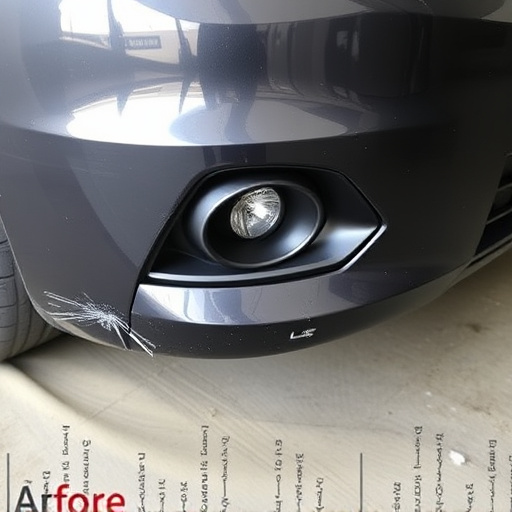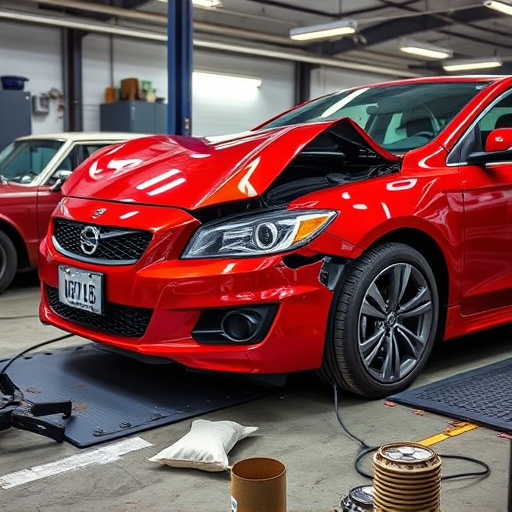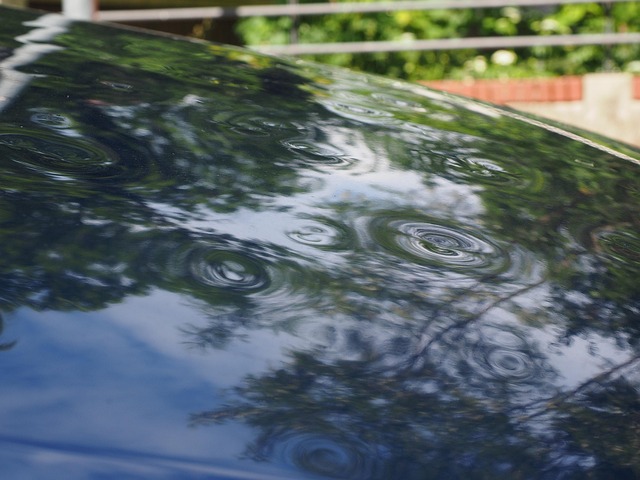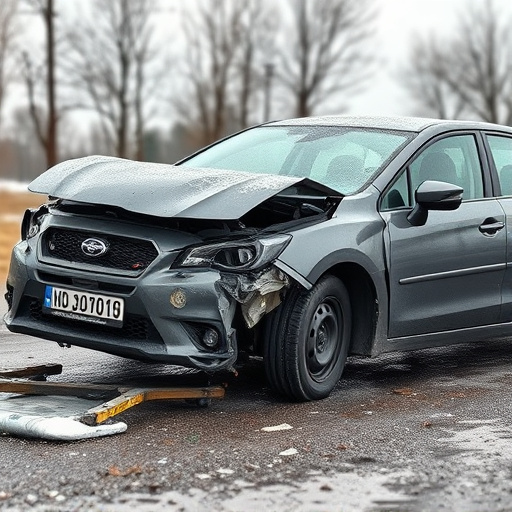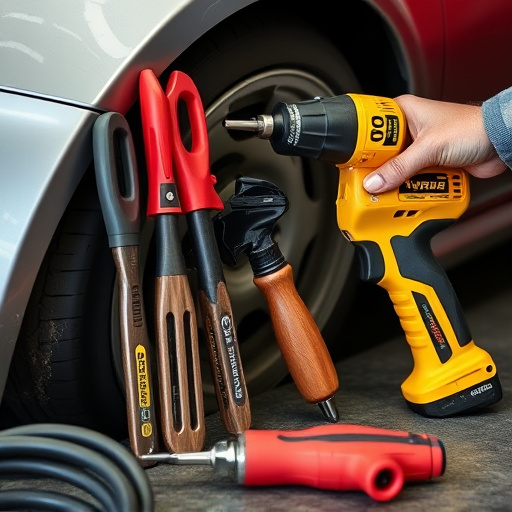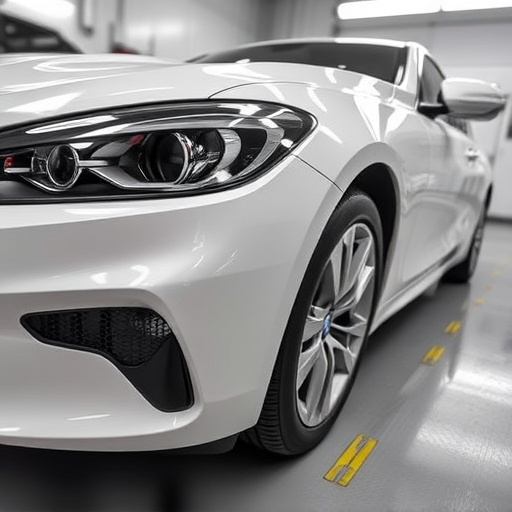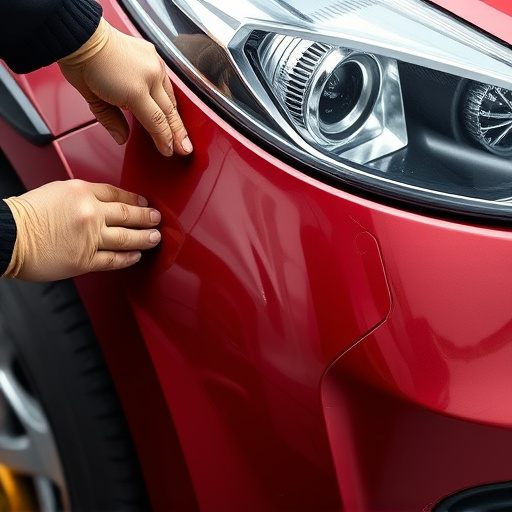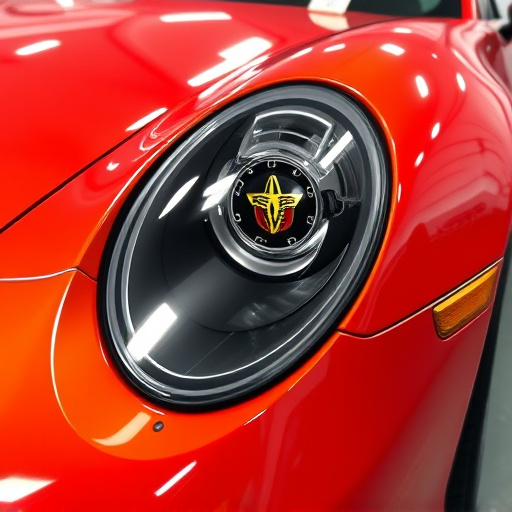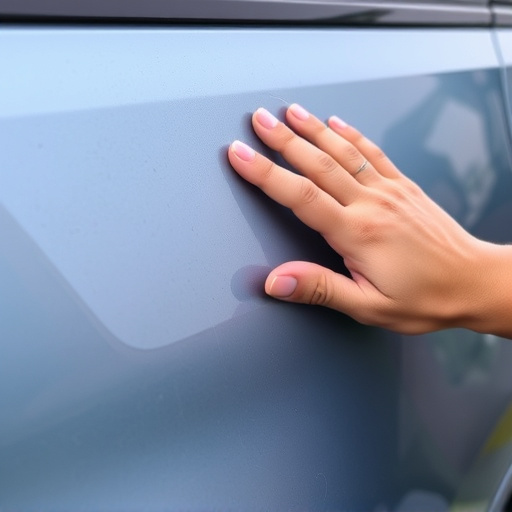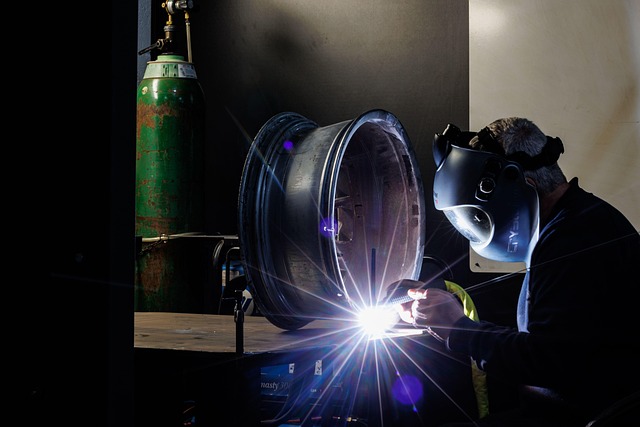After structural repairs on a Mercedes, adjusting sensors is vital for safety and performance. Modern cars rely on precise sensor readings for critical systems like wheel alignment, suspension, and collision detection. Post-repair calibration ensures accurate data, enhancing handling, stability, and safe operation of safety features, with professional services focusing on meticulous sensor adjustment for optimal results.
After significant frame or structural repairs on your Mercedes, proper sensor adjustment is crucial for optimal performance and safety. This article delves into understanding the intricate functions of Mercedes sensors post-repairs, offering critical steps to calibrate them for enhanced accuracy. We explore why adjusting these sensors is essential, providing guidance on achieving peak performance and ensuring your vehicle’s safety systems function at their best after structural fixes.
- Understanding Mercedes Sensor Functions After Repairs
- Adjusting Sensors for Optimal Performance Post-Fix
- Ensuring Safety: Critical Steps in Sensor Calibration
Understanding Mercedes Sensor Functions After Repairs

After completing frame or structural repairs on a Mercedes, it’s crucial to understand that sensor adjustment is often required. These sensors play a vital role in modern vehicles, ensuring optimal performance and safety. They monitor various aspects such as wheel alignment, suspension geometry, and collision detection systems. When a vehicle undergoes significant structural changes, like those seen in automotive restoration or dent repair processes at a vehicle body shop, these sensors can be affected.
The sensitivity of Mercedes sensors means even minor misalignments can impact their readings. Therefore, post-repair, it’s essential to calibrate and adjust these sensors to guarantee they function accurately. This process ensures the vehicle handles correctly, maintains stability, and operates its safety features effectively. A proper sensor adjustment is a critical step in preparing your Mercedes for safe and efficient operation on the road.
Adjusting Sensors for Optimal Performance Post-Fix
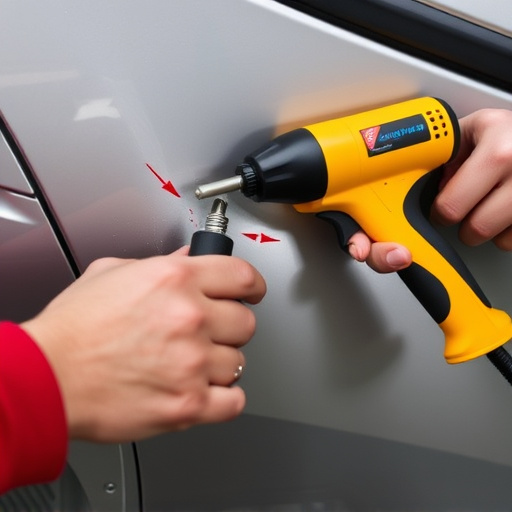
After completing frame or structural repairs on a Mercedes, adjusting the sensors is an essential step to ensure optimal performance and safety. Sensors play a crucial role in modern vehicles, monitoring various systems and components, from engine performance to brake function. To achieve peak efficiency, these sensors must be calibrated accurately, especially after any major repairs that could impact their readings. This process involves precise adjustments to ensure the vehicle operates seamlessly, offering enhanced control and responsiveness.
A professional car repair service understands the importance of this adjustment, particularly in the case of classic car restoration, where every detail matters. Skilled technicians will access and tweak these sensors, taking into account the specific nature of Mercedes’ advanced technology. This meticulous approach guarantees that when you’re behind the wheel, your vehicle responds instantly and accurately to your commands, providing a safe and enjoyable driving experience—a key aspect in maintaining top-notch car repair services.
Ensuring Safety: Critical Steps in Sensor Calibration
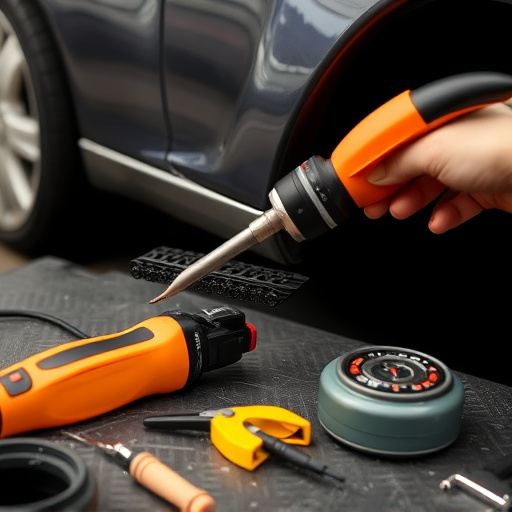
When carrying out frame or structural repairs on a Mercedes-Benz, ensuring proper sensor adjustment is paramount to maintaining optimal vehicle performance and safety. Sensors play a crucial role in modern automotive systems, monitoring critical parameters like speed, position, and temperature. Any miscalibration can lead to inaccurate readings and potentially hazardous driving conditions. Therefore, after major structural repairs, it’s essential to perform thorough sensor calibration to ensure the system operates as intended.
This process often involves adjusting sensors located in various components such as the engine management system, anti-lock braking system (ABS), and stability control unit. A professional auto repair near me or fleet repair services with specialized diagnostic tools can accurately identify which sensors require adjustment and calibrate them accordingly. This step is non-negotiable for any vehicle owner prioritizing safety and reliability, especially when dealing with high-performance luxury cars like Mercedes-Benz.
After frame or structural repairs on a Mercedes, ensuring proper sensor adjustment is crucial for optimal performance and safety. Understanding the critical roles of various sensors and calibrating them accurately post-repairs are essential steps in maintaining the vehicle’s efficiency. By following the outlined guidelines for Mercedes sensor adjustment, owners can rest assured their vehicles are ready to navigate the road safely and smoothly.
